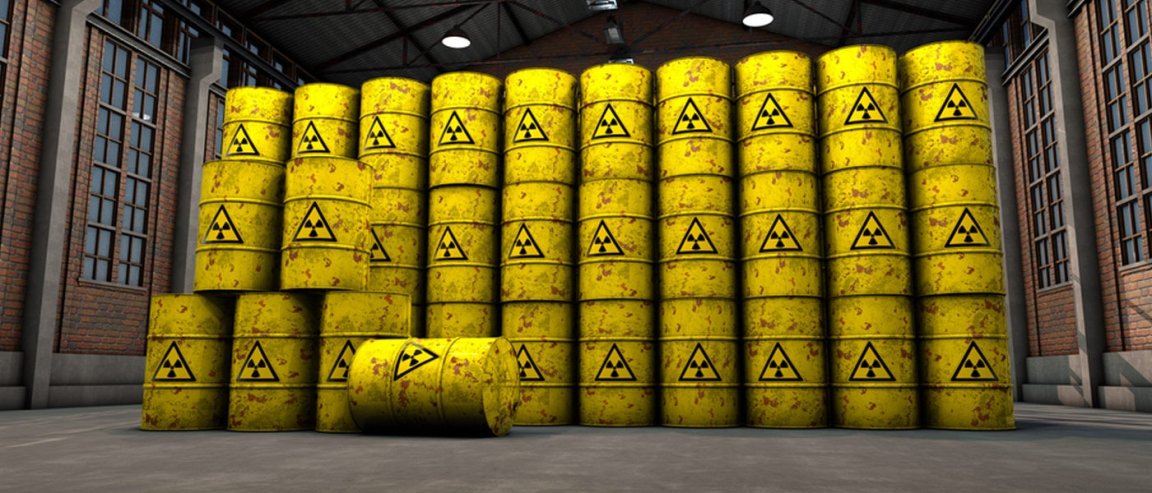
Glassing Radioactive Waste
Scientists have found a revolutionary way to immobilize nuclear waste. In fact, it almost sounds like magic: simply turn the waste into glass.
“Glass is a perfect material for immobilizing the radioactive wastes with excellent chemical durability,” says Ashutosh Goel, a Rutgers researcher and inventor of the new method.
Perhaps surprisingly, turning radioactive waste into glass is not a new concept.

The process, called vitrification, involves melting the radioactive waste together with glass, forming compounds in a cylindrical container which also serves as its storage container. The resulting product is a glass that’s durable and non-leaching. This process has been an integral part of the initial treatment and management of high-level waste.
Goel invented the new method where he was able to immobilize radioactive iodine-129 in ceramics at room temperature. Iodine-129, which has a half-life of 15.7 million years, can target the thyroid gland and can increase the chances of getting cancer. Other vitrification methods, like Geomelt, process the wastes with temperatures ranging from 1,300 to 2,000 °C.
Storage For More Dangerous Waste
This research could lead to new ways of safely disposing spent nuclear fuel. Nuclear fuel rods contain Uranium pellets that emit intense radiation and heat. Right now, there are two methods that the United States Nuclear Regulatory Commission deems acceptable for containing them: storing them in pools, or storing them in concrete caskets within a nuclear facility.
The problem with submerging the rods into the pool is that, should the cooling system fail, the fuel rods could evaporate the water and spew out radioactive material into the air. There are also debates on whether these facilities are vulnerable to incidents like earthquakes and terrorist attacks, which could lead to the release of radiation. Burying the spent nuclear fuel underground in the form of glass or ceramics could be a much more permanent (think millions of years) solution to this problem.